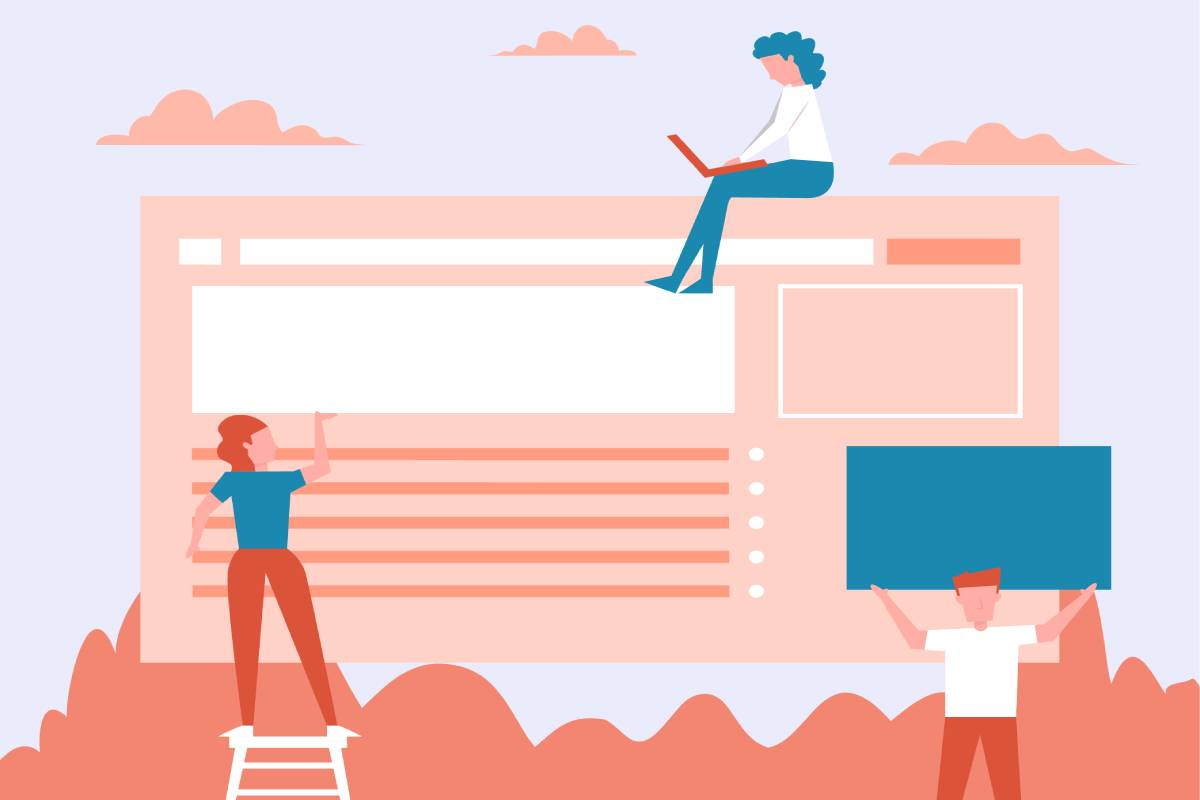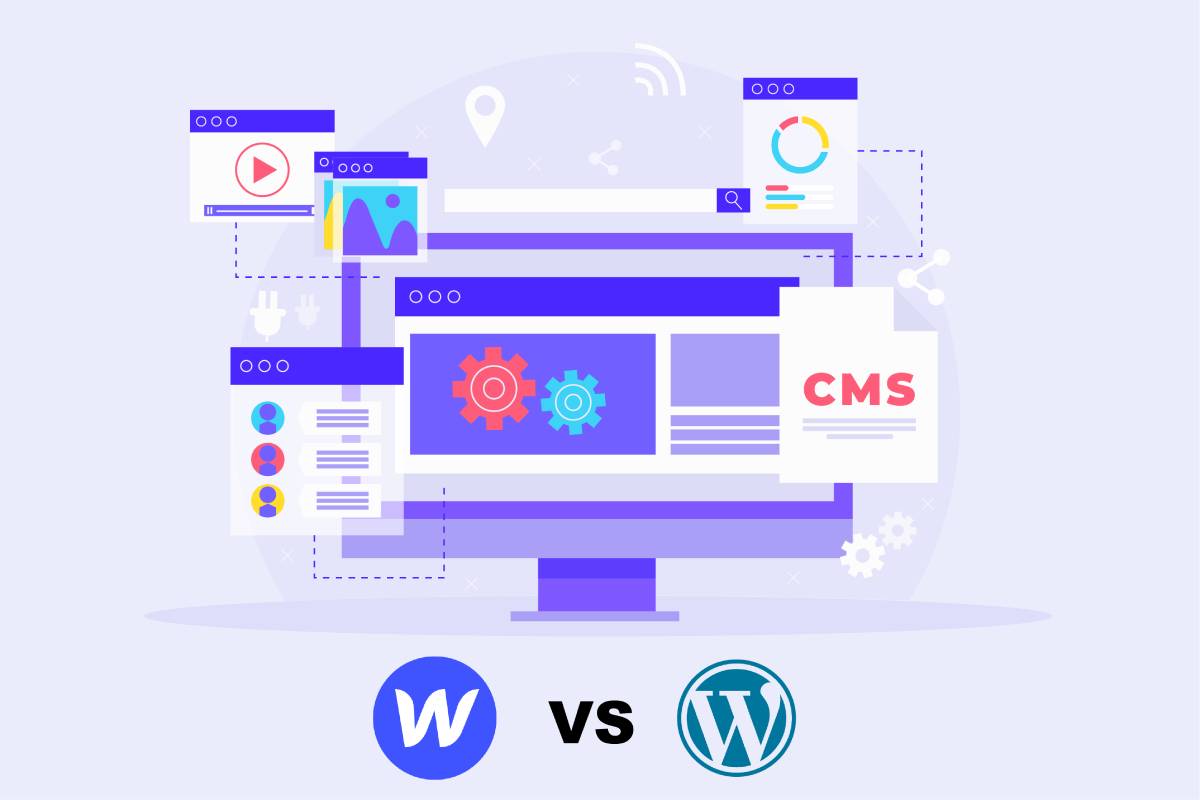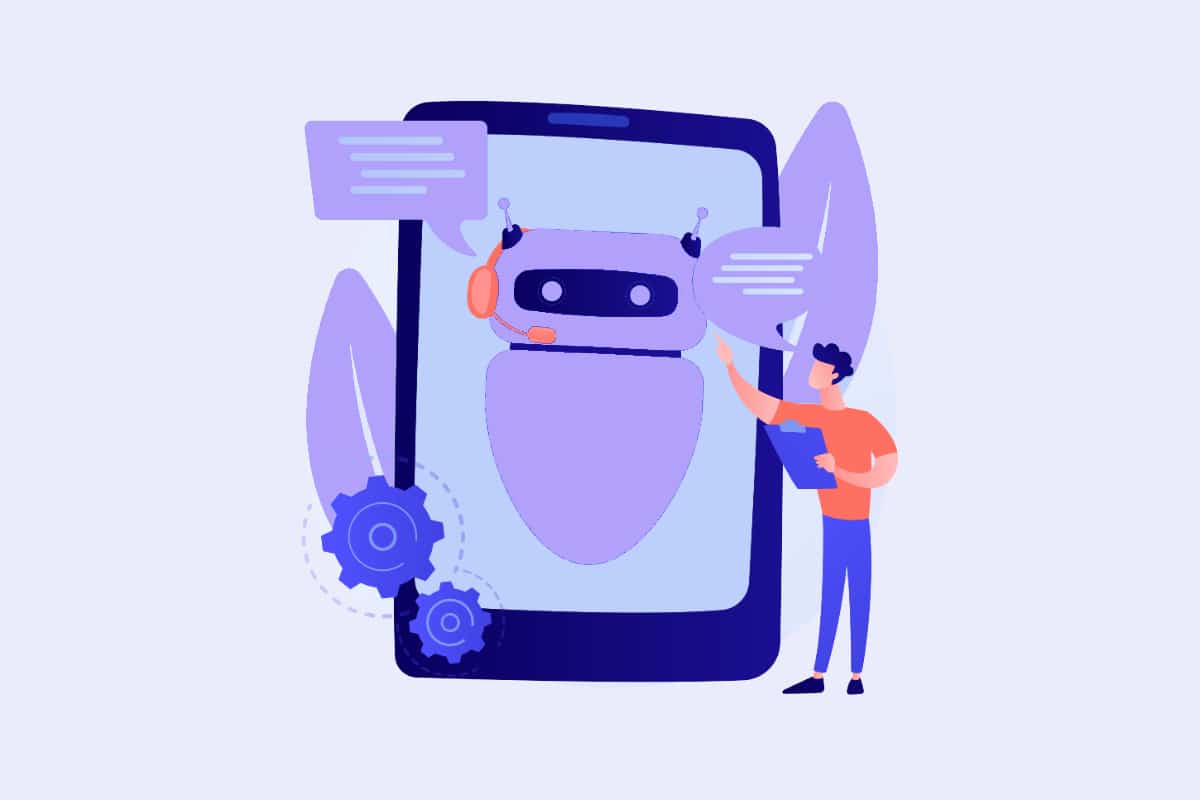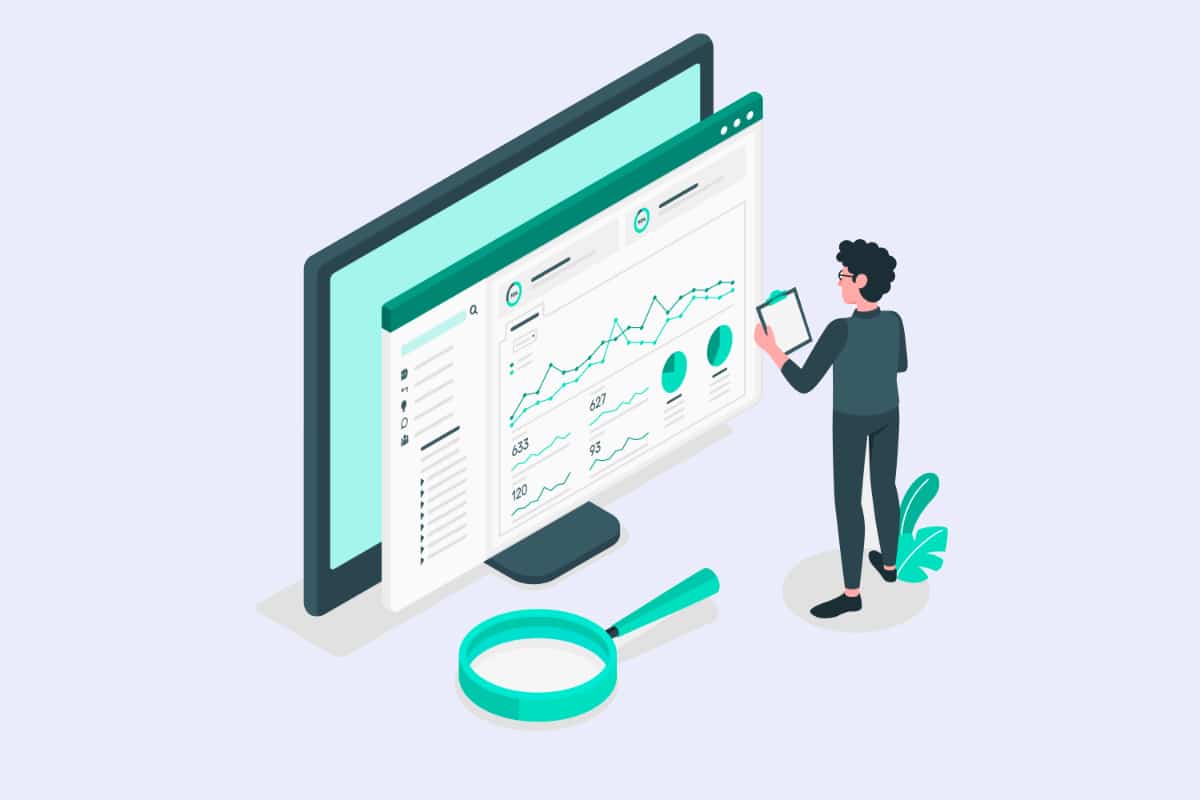The web world is rapidly evolving, and with it, users ' expectations in terms of performance and online experience. In this context, it is essential to understand and optimize the different aspects that influence the perception of a website's speed. According to several Wordpress experts, one of these key aspects is the Largest Contentful Paint, a metric that plays a crucial role in evaluating the performance of a website.
The LCP measures the time it takes to display the largest visible element on the screen when a web page initially loads. This can be an image, a video, or a block of text. This metric is critical because it reflects the speed at which a user can begin to interact with the main content of the page. A fast LCP means a more pleasant user experience and a better overall impression of the website.
In this comprehensive guide, we will explore in detail the concept of Largest Contentful Paint, its importance to web performance and user experience, the factors that influence it, as well as best practices for optimizing it. We will also look at the tools available to measure and track it to ensure that your website is providing the best possible experience to its visitors.
Factors influencing the PCL

Loading time of visual elements (images, videos, etc.)
Visual elements such as images, videos and animations have a significant impact on the LCP. Their size, format and loading mode can influence the time it takes to display them on the screen. As an experiencedWordpress SEO agency, we understand that to optimize LCP, it is essential to reduce file size and use modern and efficient formats, such as WebP for images or AV1 for videos.
Dynamic content and asynchronous loading
Dynamic content, such as ads, social media widgets or comments, can also affect the LCP. If these elements are loaded asynchronously, they can cause lags in the rendering of the main content and thus increase the largest contentful paint. To minimize this impact, it is important to optimize asynchronous loading and give priority to the main content of the page.
Font and style loading
Custom fonts and CSS can also affect the LCP. If these resources take time to load, they can delay the display of the main content. To improve the largest contentful paint, it is recommended to cache fonts, load critical fonts first and optimize the size of stylesheets.
Server infrastructure and response time
Server response time can have a direct impact on the LCP. A slow or overloaded server can delay the delivery of resources needed to render the main content. To optimize LCP, it is crucial to improve server performance, use a content delivery network, or CDN, to reduce latency, and implement server-side caching strategies.
Optimize the Largest Contentful Paint

To improve Largest Contentful Paint, it's important to focus on optimizing visual elements, textual content, and server infrastructure. Here are some strategies for optimizing LCP:
Image and video optimization
Modern image formats and compression
Use modern image formats such as WebP, which offer better compression and higher quality than traditional formats such as JPEG and PNG. Compressing images and videos reduces their size, which makes them load faster and improves the PCL.
Progressive loading of images and videos
Progressive loading of images and videos allows a lower quality version to be displayed while the high quality version is loading. This makes the content appear to load faster and improves the user experience.
Use of adaptive images
Responsive images allow you to display optimized versions of an image based on the user's screen size and device resolution. By using the srcset and sizes attributes on img tags, you can provide multiple versions of a media and let the browser choose the one that is most appropriate.
Textual content optimization
Font caching
Cache fonts to avoid downloading them on every page load. You can use techniques like HTTP Cache-Control headers or service workers to cache font files locally on the user's device.
Priority loading of critical fonts
Identify fonts that are critical to the rendering of the main content and load them first by using the rel="preload" and as="font" attributes on the link tags. This allows the browser to load important fonts first, thus improving the LCP.
Dynamic content management
Optimization of asynchronous loading
Asynchronous loading allows dynamic content items to be loaded without blocking the rendering of the main content. Use async or defer attributes on script tags to allow the browser to load these resources in the background without delaying the PCL. For dynamic content such as social network widgets or ads, be sure to optimize their loading to minimize their impact on the LCP.
Use of the "lazy loading" technique
Lazy loading " is a technique that allows images, videos or other content elements to load only when they are visible on the screen. This technique improves the LCP by reducing the initial loading time of the page. To implement lazy loading, you can use the loading="lazy" attribute on the img and iframe tags, or use JavaScript libraries such as Intersection Observer.
Improvement of the server infrastructure
Using a CDN
A CDN is a network of servers spread around the world that stores copies of your content and serves it to users from the server closest to them geographically. Using a CDN, such as Cloudflareimproves the LCP by reducing latency and speeding up resource delivery.
Server side caching
Server-side caching allows for the storage of pre-computed versions of web pages or content fragments, reducing the time required to generate and serve these resources to users. Implementing server-side caching with solutions such as Varnish, Nginx, or plugins to greatly improve LCP.
Optimization of server response time
Server response time can be optimized by reducing load, improving configuration and monitoring performance in real time. Make sure you have enough resources to handle incoming requests and consider using load balancing solutions to distribute traffic across multiple servers.
By implementing these dynamic content optimization and server infrastructure improvement techniques, you will help reduce the largest contentful paint and deliver a superior user experience. In the next chapter, we will discuss LCP measurement and monitoring tools to ensure optimal performance on your website.
Measuring and monitoring the LCP
To ensure optimal performance on your website, it is essential to measure and track the Largest Contentful Paint. In this chapter, we will review the tools available to measure LCP and discuss how to interpret the results to identify problems and implement improvements.

LCP measurement tools
Lighthouse
Lighthouse is an open-source tool from Google that allows you to evaluate the performance, accessibility and best practices of your website. It provides a detailed report including the LCP and recommendations for optimization.
PageSpeed Insights
PageSpeed Insights is another tool from Google that analyzes your website 's performance on mobile and desktop devices. It uses Lighthouse to generate a report and provides you with LCP information and optimization suggestions.
Chrome DevTools
Chrome's developer tools (Chrome DevTools) include a "Performance" panel that allows you to analyze LCP and other performance metrics in real time as you browse your site. This can help you identify specific issues that affect LCP.
Gtmetrix
Gtmetrix is an online tool that analyzes the performance of your website and generates a detailed report. It integrates the results of Lighthouse and PageSpeed Insights, giving you complete information about the largest contentful paint and other important metrics.
Interpretation of results and identification of problems
When using these tools to measure LCP, it's important to understand how to interpret the results and identify specific issues affecting your website. Carefully review the optimization recommendations provided and identify areas for improvement, such as image compression, font loading optimization or reducing server response time.

Follow-up of improvements and adjustments
After identifying problems and implementing improvements, remeasure the LCP to assess the effectiveness of the changes made. Continue to monitor it and adjust your optimizations based on content changes, traffic growth, or technology developments. Regular monitoring will help you maintain optimal performance and provide the best possible user experience for your visitors.
Conclusion: What is the LCP and how to manage it?
Largest Contentful Paint is a web performance metric that measures the time it takes to display the largest visible element on the screen when a page initially loads. This metric is crucial in evaluating user experience, as it reflects the perception of how quickly the main content becomes visible to users.
Summary of key points and importance of the PCL:
- LCP is an essential indicator of web performance and user experience.
- Several factors influence it, such as the loading time of visual elements, dynamic content, fonts and server infrastructure.
- It is optimized by improving images, videos, textual content, dynamic content and server infrastructure.
- It's important to measure and track LCP using tools such as Lighthouse, PageSpeed Insights, Chrome DevTools and Gtmetrix.
Reminder of best practices for optimizing the LCP:
- Optimize images and videos by using modern formats, compressing files and implementing progressive loading and responsive images.
- Manage textual content by caching fonts and loading critical fonts first.
- Optimize dynamic content by improving asynchronous loading and using the "lazy loading" technique.
- Improve server infrastructure by using a CDN, server side caching and optimizing server response time.
By following this guide and putting the LCP optimization best practices into practice, you will be able to significantly improve your website 's performance and create a fast and pleasant user experience for your visitors.
Additional References and Resources
To further your understanding of Largest Contentful Paint and web performance optimization techniques, here is a list of additional references and resources:
- Web.dev - Largest Contentful Paint (LCP): https://web.dev/lcp/
A complete guide to the largest contentful paint, explaining in detail the metrics and optimization techniques. - Google Developers - Web Vitals : https://developers.google.com/web/tools/vitals
An introduction to Web Vitals, a set of user-centric web performance metrics, including the largest contentful paint. - Google Developers - Optimize LCP: https://developers.google.com/speed/docs/insights/optimize-lcp
A detailed guide to optimizing the LCP, with explanations of the factors that influence it and suggestions for improvement. - Mozilla Developer Network (MDN) - Responsive Images: https://developer.mozilla.org/en-US/docs/Learn/HTML/Multimedia_and_embedding/Responsive_images
A practical guide to understanding and implementing responsive images.




